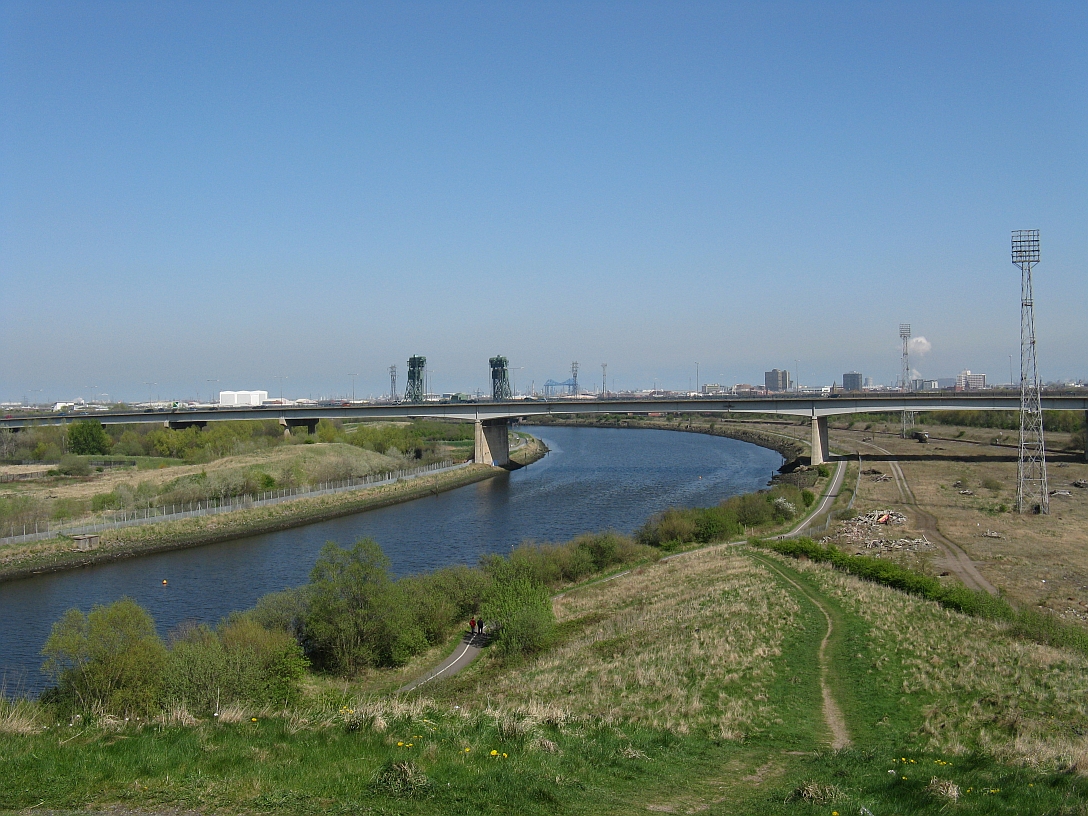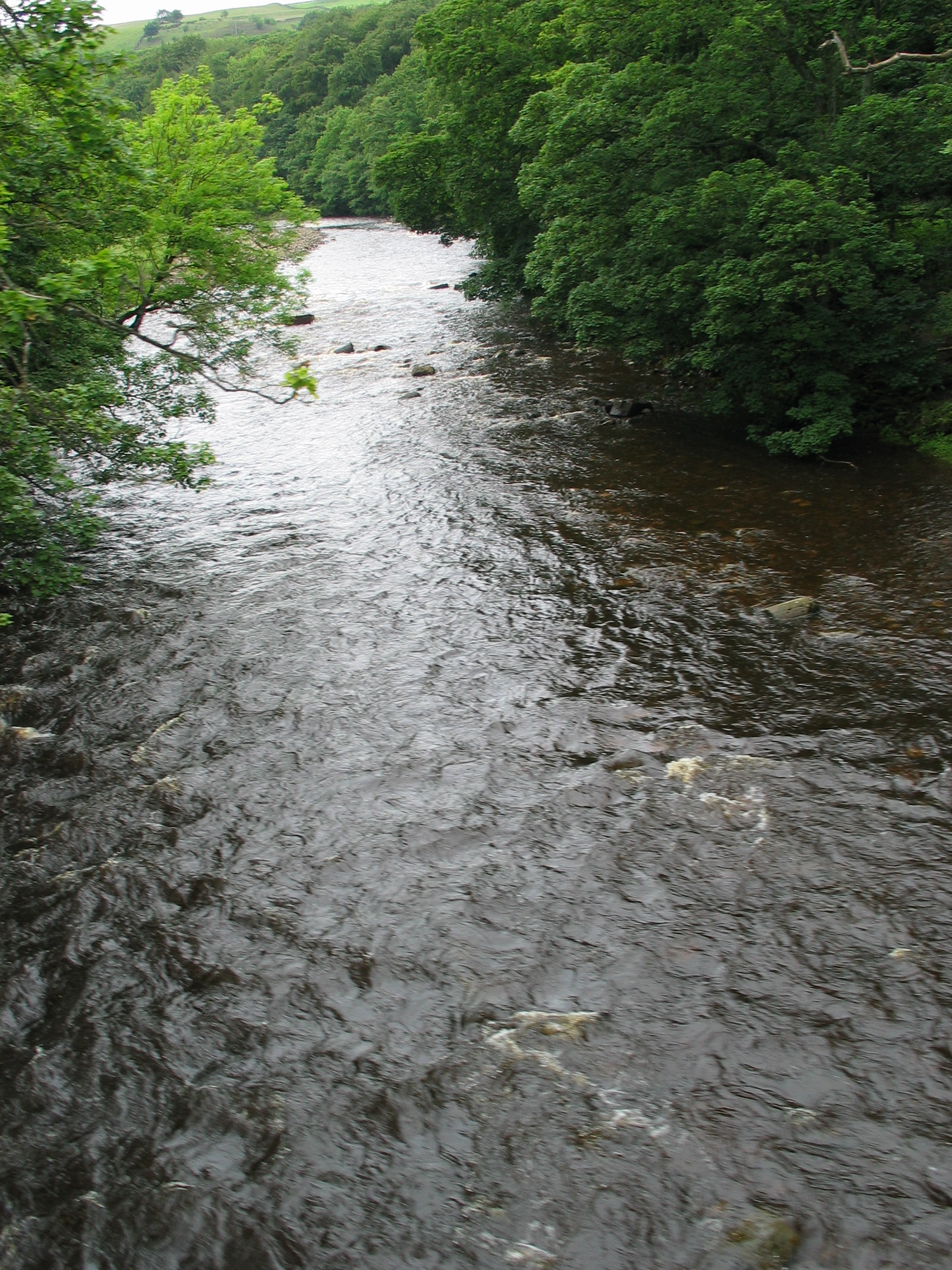|
Low Fell
Low Fell is a suburb of Gateshead situated in the Metropolitan Borough of Gateshead in Tyne and Wear, England. Built predominantly on sandstone, grindstone and clay, it is bordered by Sheriff Hill/Deckham to the east, Saltwell/Bensham to the west, Harlow Green to the south and Shipcote to the north. The suburb lies on a major bus route south of Gateshead centre, south of the city of Newcastle upon Tyne and north of the historic Durham, England, City of Durham. The principal road in the suburb is the A167 road, A167. According to the 2001 UK census, the suburb had a population of 8,643, falling marginally to 8,636 at the 2011 census. For centuries little more than part of a windswept, barren and treacherous heath, the settlement at Low Fell was initially established by a moderate influx of tinkers and coal mining, miners in the 18th century. Gateshead Fell was initially incorporated into the Municipal Borough of Gateshead in 1835 and then the County Borough of Gateshead ... [...More Info...] [...Related Items...] OR: [Wikipedia] [Google] [Baidu] |
Gateshead (UK Parliament Constituency)
Gateshead is a constituency represented in the House of Commons of the UK Parliament since it was re-established in 2010 by Ian Mearns of the Labour Party. History First creation The seat was first created by the Reform Act 1832 as a single-member parliamentary borough. It was abolished under the Representation of the People Act 1948 for the 1950 general election and split into Gateshead East and Gateshead West. Revival As a result of the Boundary Commission's Fifth Periodic Review of Westminster constituencies, the seat was re-established for the 2010 general election, combining over half of the electorates of both of the abolished constituencies of Gateshead East and Washington West, and Tyne Bridge. Boundaries 1832-1918 Under the Parliamentary Boundaries Act 1832, the contents of the borough were defined as the Parish of Gateshead and part of the Chapelry of Heworth in the Parish of Jarrow. ''See map on Vision of Britain website.'' 1918-1950 * The Co ... [...More Info...] [...Related Items...] OR: [Wikipedia] [Google] [Baidu] |
County Durham
County Durham ( ), officially simply Durham,UK General Acts 1997 c. 23Lieutenancies Act 1997 Schedule 1(3). From legislation.gov.uk, retrieved 6 April 2022. is a ceremonial county in North East England.North East Assembly �About North East England. Retrieved 30 November 2007. The ceremonial county spawned from the historic County Palatine of Durham in 1853. In 1996, the county gained part of the abolished ceremonial county of Cleveland.Lieutenancies Act 1997 . Retrieved 27 October 2014. The county town is the of |
List Of Gateshead Blue Plaques
A long-running blue plaque scheme is in operation in Gateshead, Tyne and Wear. Administered by the local council, the scheme was registered with English Heritage in 1970 at p.16 and 21 blue plaques were installed from the inception of the scheme until 1996. Although the scheme was never formally closed, only one further plaque was then unveiled prior to the presentation of a 'report to cabinet' on 16 November 2004 which recommended that the scheme be revived. Seven further plaques were installed prior to the publication of a commemorative council document in 2010, bringing the total to 29, though a number of further plaques have been installed since that date. The Gateshead scheme aims to highlight notable persons who lived in the borough, notable buildings within it and important historical events. An individual will only be considered for commemoration by Gateshead blue plaque if they meet the suggested criteria laid out in the 2004 'report to cabinet'. These are that the individ ... [...More Info...] [...Related Items...] OR: [Wikipedia] [Google] [Baidu] |
Commissioner
A commissioner (commonly abbreviated as Comm'r) is, in principle, a member of a commission or an individual who has been given a commission (official charge or authority to do something). In practice, the title of commissioner has evolved to include a variety of senior officials, often sitting on a specific commission. In particular, the commissioner frequently refers to senior police or government officials. A high commissioner is equivalent to an ambassador, originally between the United Kingdom and the Dominions and now between all Commonwealth states, whether Commonwealth realms, republics or countries having a monarch other than that of the realms. The title is sometimes given to senior officials in the private sector; for instance, many North American sports leagues. There is some confusion between commissioners and commissaries because other European languages use the same word for both. Therefore titles such as ''commissaire'' in French, ''Kommissar'' in German and ''c ... [...More Info...] [...Related Items...] OR: [Wikipedia] [Google] [Baidu] |
Wrekenton
Wrekenton is a residential area in Gateshead, located around from Newcastle upon Tyne, from Sunderland, and from Durham. In 2011, Census data for the Gateshead Metropolitan Borough Council ward of ''High Fell'' recorded a total population of 6,110. Wrekenton is bordered by Beacon Lough to the north, Harlow Green to the west, and Eighton Banks to the south. A large part of Wrekenton consists of a council estate, known as Springwell Estate. This is distinct from Springwell Village, which is located a short distance across the border, within the City of Sunderland. History The antiquarian John Hodgson claimed to have named the village. He wrote, "After the enclosure of the common (in 1822), Mr. Watson, of Warburton Place, Carrhill, founded a considerable village at this place, which, at my suggestion, he called Wrekenton." This name was chosen because Wrekenton and Eighton Banks were divided by the remains of the Wrekendyke Roman road. Wrekenton is believed to have been the me ... [...More Info...] [...Related Items...] OR: [Wikipedia] [Google] [Baidu] |
Carter's Well, Durham Road, Low Fell
Carter's, Inc. is a major American designer and marketer of children's apparel. It was founded in 1865 by William Carter. Carter's sells its products through its own Carter's and OshKosh B'gosh retail stores, its website, and in other retail outlets such as department stores. , it was reported that Carter's accounted for around one-quarter of all sales both for the children's sleepwear market, and for clothes for the newborn to two-year-old age group. History William Carter was the founder of William Carter Company in 1865 in Needham, Massachusetts. William Carter (1830–1918) was born in Alfreton, Derbyshire, England. He arrived in America on January 28, 1857. He married Martha Lee (1842-1873). They had four children: William Henry Carter (1864–1955), who served two terms in the U.S. House of Representatives (1915-1919) prior to being elected president of the William Carter Company in 1918; Mary Elizabeth Carter (1865-1961); John J. Carter (1867-1939); and Horace A. Carter ... [...More Info...] [...Related Items...] OR: [Wikipedia] [Google] [Baidu] |
Enclosure
Enclosure or Inclosure is a term, used in English landownership, that refers to the appropriation of "waste" or " common land" enclosing it and by doing so depriving commoners of their rights of access and privilege. Agreements to enclose land could be either through a formal or informal process. The process could normally be accomplished in three ways. First there was the creation of "closes", taken out of larger common fields by their owners. Secondly, there was enclosure by proprietors, owners who acted together, usually small farmers or squires, leading to the enclosure of whole parishes. Finally there were enclosures by Acts of Parliament. The primary reason for enclosure was to improve the efficiency of agriculture. However, there were other motives too, one example being that the value of the land enclosed would be substantially increased. There were social consequences to the policy, with many protests at the removal of rights from the common people. Enclosure riots a ... [...More Info...] [...Related Items...] OR: [Wikipedia] [Google] [Baidu] |
Inclosure Acts
The Inclosure Acts, which use an archaic spelling of the word now usually spelt "enclosure", cover enclosure of open fields and common land in England and Wales, creating legal property rights to land previously held in common. Between 1604 and 1914, over 5,200 individual enclosure acts were passed, affecting 28,000 km2. History Before the enclosures in England, a portion of the land was categorized as "common" or "waste". "Common" land was under the control of the lord of the manor, but certain rights on the land such as pasture, pannage, or estovers were held variously by certain nearby properties, or (occasionally) ''in gross'' by all manorial tenants. "Waste" was land without value as a farm strip – often very narrow areas (typically less than a yard wide) in awkward locations (such as cliff edges, or inconveniently shaped manorial borders), but also bare rock, and so forth. "Waste" was not officially used by anyone, and so was often farmed by landless peasants. The ... [...More Info...] [...Related Items...] OR: [Wikipedia] [Google] [Baidu] |
John Wesley
John Wesley (; 2 March 1791) was an English people, English cleric, Christian theology, theologian, and Evangelism, evangelist who was a leader of a Christian revival, revival movement within the Church of England known as Methodism. The societies he founded became the dominant form of the independent Methodist movement that continues to this day. Educated at Charterhouse School, Charterhouse and Christ Church, Oxford, Wesley was elected a fellow of Lincoln College, Oxford, in 1726 and ordination, ordained as an Anglican priest two years later. At Oxford, he led the "Holy Club", a society formed for the purpose of the study and the pursuit of a devout Christian life; it had been founded by his brother Charles Wesley, Charles and counted George Whitefield among its members. After an unsuccessful ministry of two years, serving at Christ Church (Savannah, Georgia), Christ Church, in the Georgia colony of Savannah, Georgia, Savannah, he returned to London and joined a religious so ... [...More Info...] [...Related Items...] OR: [Wikipedia] [Google] [Baidu] |
River Tees
The River Tees (), in Northern England, rises on the eastern slope of Cross Fell in the North Pennines and flows eastwards for to reach the North Sea between Hartlepool and Redcar near Middlesbrough. The modern day history of the river has been tied with the industries on Teesside in its lower reaches, where it has provided the means of import and export of goods to and from the North East England. The need for water further downstream also meant that reservoirs were built in the extreme upper reaches, such as Cow Green. Etymology The name ''Tees'' is possibly of Brittonic origin. The element ''*tēs'', meaning "warmth" with connotations of "boiling, excitement" (Welsh ''tes''), may underlie the name. ''*Teihx-s'', a root possibly derived from Brittonic ''*ti'' (Welsh ''tail'', "dung, manure"), has also been used to explain the name ''Tees'' (compare River Tyne). Geography The river drains and has a number of tributaries including the River Greta, River Lune, River Balder, ... [...More Info...] [...Related Items...] OR: [Wikipedia] [Google] [Baidu] |
River Wear
The River Wear (, ) in North East England rises in the Pennines and flows eastwards, mostly through County Durham to the North Sea in the City of Sunderland. At long, it is one of the region's longest rivers, wends in a steep valley through the cathedral city of Durham and gives its name to Weardale in its upper reach and Wearside by its mouth. Etymology The origin behind the hydronym ''Wear'' is uncertain but is generally understood to be Celtic. The ''River Vedra'' on the Roman Map of Britain may very well be the River Wear. The name may be derived from Brittonic ''*wejr'' (<''*wẹ:drā''), which meant "a bend" (c.f ''-gwair-''). An alternative but very problematic etymology might involve ''*wẹ:d-r-'', from a lengthened form of the |
River Tyne
The River Tyne is a river in North East England. Its length (excluding tributaries) is . It is formed by the North Tyne and the South Tyne, which converge at Warden Rock near Hexham in Northumberland at a place dubbed 'The Meeting of the Waters'. The Tyne Rivers Trust measure the whole Tyne catchment as , containing of waterways. Course North Tyne The North Tyne rises on the Scottish border, north of Kielder Water. It flows through Kielder Forest, and in and out of the border. It then passes through the village of Bellingham before reaching Hexham. South Tyne The South Tyne rises on Alston Moor, Cumbria and flows through the towns of Haltwhistle and Haydon Bridge, in a valley often called the Tyne Gap. Hadrian's Wall lies to the north of the Tyne Gap. Coincidentally, the source of the South Tyne is very close to those of the Tees and the Wear. The South Tyne Valley falls within the North Pennines Area of Outstanding Natural Beauty (AONB) – the second largest of the ... [...More Info...] [...Related Items...] OR: [Wikipedia] [Google] [Baidu] |


.jpg)



